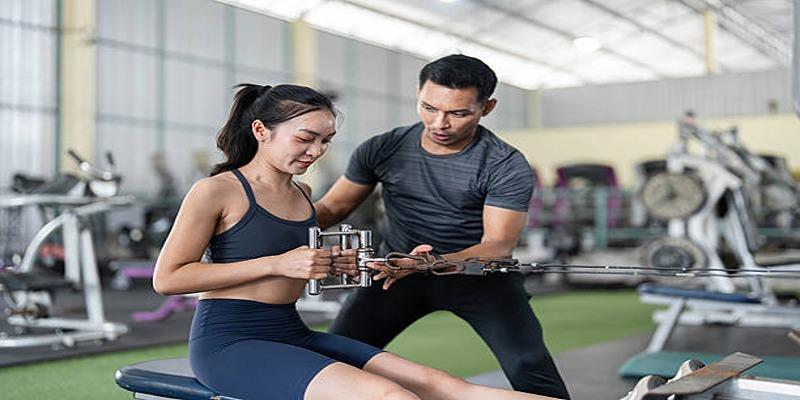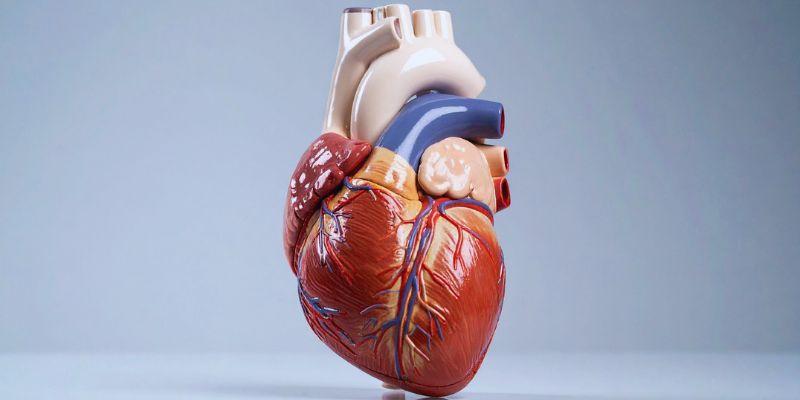Athletic trainers are seen to be a key support in the health and wellness of the young and old with high and low level of activity. They are professionals in injury prevention, diagnosis, and treatment, physical fitness, and long-term care. Their experience will ensure that all people, including athletes and ordinary people, can continue to perform and be in their best states.

Fitness or personal trainers are not similar to athletic trainers; they are regarded as medical personnel. They learn anatomy, physiology, biomechanics, emergency care and treatment programs. Most are licensed professionals who operate under the guidance of physicians, and use their knowledge in clinical and community practices.
This act of dualism enables them to offer special care as well as empowering people with prevention measures. They are also crucial to people who want to achieve short-term and long-term well-being since they are provided with an opportunity to assess injuries, plan rehabilitation, and educate individuals about health, unlike general fitness professionals.
The key in athletic training is prevention. Trainers are not waiting until they get injured but they expect that something will occur and they prepare to work on limiting the risks. Their approach involves:
Physical and emotional recovery can be difficult when one is injured. The role of athletic trainers is in the middle of this process where people undergo rehabilitation programs. These are not generic programs; they are customized programs that move at a steady and effective pace.
Key aspects of rehabilitation include:
More than recovery it is restoration of confidence, independence and preparedness to resume normal activities. Athletic trainers make sure people not only recover, but also gain strength to prevent future failures.
Emergency response is also another characteristic duty of athletic trainers. They are the first professionals to arrive at the athletic field, in schools, or at a large community gathering, when there is a medical incident. Their training is designed to equip them to make fast, correct decisions and offer critical interventions during the moments when it counts.
This is not limited to sporting injuries. Athletic trainers provide individuals, families, and organizations with peace of mind by responding to sprains and fractures and handling more urgent cases until advanced medical care reaches them. Their presence makes the environment safer to all.
Health and wellness go beyond preventing or managing injuries, they are also about creating sustainable lifestyles. Athletic trainers adopt this more inclusive viewpoint through the promotion of activities that enhance physical and mental health.
They advise on:
This educational job equips a person with the power to make wise choices to raise vitality.
Athletic trainers can help not only the athletes. Their talents are versatile and useful to a wide variety of people in society.
This extensive coverage shows that they are healthcare providers during all phases of life, not only when someone is competing in athletics.
Athletic trainers work well in a team setting. They often collaborate with doctors, physical therapists, and other health professionals to help people get holistic care. This integration provides the opportunity to have a smooth transition between medical treatment, rehabilitation, and long-term wellness support.
Teamwork increases efficiency in the healthcare system too. To illustrate, early interventions can be addressed by an athletic trainer and preventive education can be given whereby more serious treatments will be avoided in the future. This proactive approach benefits both individuals and healthcare institutions.
One of the key strengths of athletic trainers is that they can correctly use the science of human performance in practice. Their expertise lies in sports medicine but they apply that knowledge to practical solutions to their daily health-related challenges.
As one example, overuse injury prevention strategies used in athletes can be applied to physically demanding occupations. Equally, athlete recovery methods can be applicable to those who are back to activity following surgery or an extended recovery time. Through the narrowing of this gap, athletic trainers will make sure that the performance science does not harm anyone, not only athletes.
Athletic trainers are teachers in the same way that they are caregivers. They hold workshops, seminars and outreach activities that create awareness on safe exercise, health literacy and injury prevention. Most also train young athletes or lead communities to a healthier and more active life.
This focus on education has a domino effect. By knowing how to take care of their bodies, and avoid getting injured, people can share this information with their families, friends, and peers, making communities healthier.

Sedentary and high stress lifestyles coupled with little movement have increased the need to have professionals who comprehend health and performance. Athletic trainers fill this void with the skills to benefit physical activity, minimize health hazards, and enhance wellness among populations.
They are now being increasingly recognized in their contribution in the fields of sport and work, as well as in schools and healthcare systems. By fulfilling the short-term and long-term objectives, athletic trainers are distinguished as important to the health of the population.
Athletic trainers are far more than people who place ankle tape on the sidelines. They are medical practitioners committed to injury prevention, recovery guidance, responding to emergencies, and supporting wellness among people of every kind. The fact that they can integrate scientific knowledge with practical solutions makes them indispensable in enhancing healthier and more active lifestyles.
 TOP
TOP
If you still believe that women don’t get heart diseases or that only older people can have heart diseases, you are wrong
 TOP
TOP
How building wealth is possible at any age with practical strategies that focus on consistent habits, smart choices, and long-term thinking
 TOP
TOP
Start making the most of your 401(k) today and secure a stronger financial future. Learn how timing, employer matches, and smart contributions can improve your retirement
 TOP
TOP
How financial aid for college works—from grants and scholarships to loans and work-study programs. Get clear, practical guidance for every funding option
 TOP
TOP
Discover 5 unique horse races that take place around the world, blending speed, thrill, and stunning cultural locations.
 TOP
TOP
Discover how Easter is celebrated across countries, from egg rolling to water fights, offering joy through local traditions.
 TOP
TOP
Explore North Wales’ most breathtaking gardens, from serene floral paths to hillside greenery with sea views.
 TOP
TOP
Wondering if it’s the right time for a loan? Learn how rates, timing, and your finances impact the decision.
 TOP
TOP
Discover the top reasons to pay credit card bills on time and how it safeguards your credit, money, and peace of mind.
 TOP
TOP
Uncover the best experiences in Rome, Italy, with this essential guide. Walk through ancient ruins, explore piazzas, visit historic churches, and get to know the Eternal City at your own pace
 TOP
TOP
Discover the best places to stay in Nashville, from lively downtown hotels to charming neighborhood rentals. Explore top areas suited for music lovers, families, and anyone seeking the perfect Nashville experience
 TOP
TOP
Thinking about a lease buyout? Learn how to evaluate your options, compare costs, and decide whether keeping your vehicle is the right move. Understand the financial side before making your next step